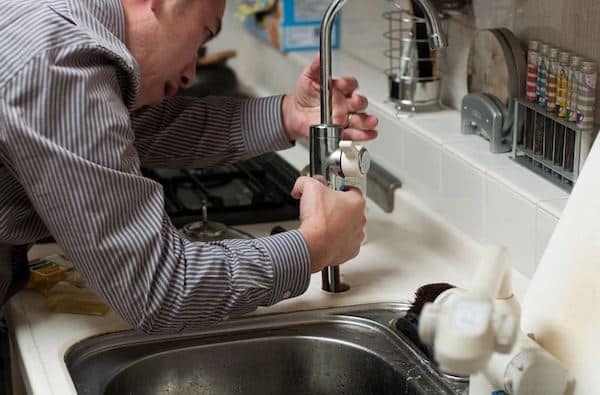Windows are one of the most important things in any rehabilitation project or in a new house. Since four years ago, there is an energy efficiency system of voluntary labeling, similar to the household appliances that help us in order to make a better choice.
The benefits of replacing inefficient windows with better-performing ones are obvious: reduction of energy losses, savings in the electricity bill, greater thermal and acoustic comfort, etc.
However, we do not always pay due attention to this element of the construction that, when we inhabit the house, will be crucial for our comfort. Energy labeling will help us adjust our expectations to what we are buying.

Labeling explain
Despite the similarity with household appliances labeling, one of the differences is that it distinguishes from winter and summer classification. In the winter one, there are up to seven levels of efficiencies, beingthe highest in green with an A letter and the lowest efficiency in red with a G letter.
For its part, the summer classification presents three levels of efficiency on a scale that goes from the three stars for the most efficient windows to one star for the least efficient.
This labeling also provides a technical sheet with relevant information:
- Window thermal transmittance (U measured in W / m2k).It is the rate of the flow of energy through the window from the heat to the cool side. The lower the value the higher thermal efficiency. In general, folding and tilt-turn windows (with locking system with handle), usually have better ratings than sliding ones, because the sheet exerts pressure on the frame.
- Air permeability (class).It refers to the property to prevent air leaks between the enclosures separated. There are up to four classes, with class 4 being the highest, since it means lower leaks and greater tightness.
- Glazing solar factor (g, dimensionless).The glass has certain characteristics which allow a greater or lesser transmission of incident solar radiation into the interior of the house. The higher is the g value the lower solar radiation protection. Unlike other indicators, to select this it is necessary to take into account values such as the main orientation, the geographical situation, etc.
In this same line, it is important to emphasize that a good use of shading systems (cantilevers, awnings, blinds …) will achieve better energy efficiency results, avoiding heat increasing.
Common mistakes
Remember the importance of having a project or, at least, having an expert technician beyond the mere installer. Otherwise, the work execution will not always comply with the desirable professional skills, resulting in numerous mistakes.
In that sense, it is important that the installed windows comply with the law, something that does not always happen. Among the mandatory requirements that must be covered are the EC marking (mandatory since February 2010), as well as complying with the Basic Document of Energy Saving (DB HE) of the Technical Building Code (CTE).
When these infractions are committed, it is not only a law fraud, but it is to the detriment of the client itself, because important benefits are lost in terms of savings and energy efficiency, which sooner than later will be noticed in your pocket. On the contrary, installing guaranteed windows is a bet for the future, since its useful life is around 30 years, which helps reducing greenhouse gas emissions.







Leave A Comment